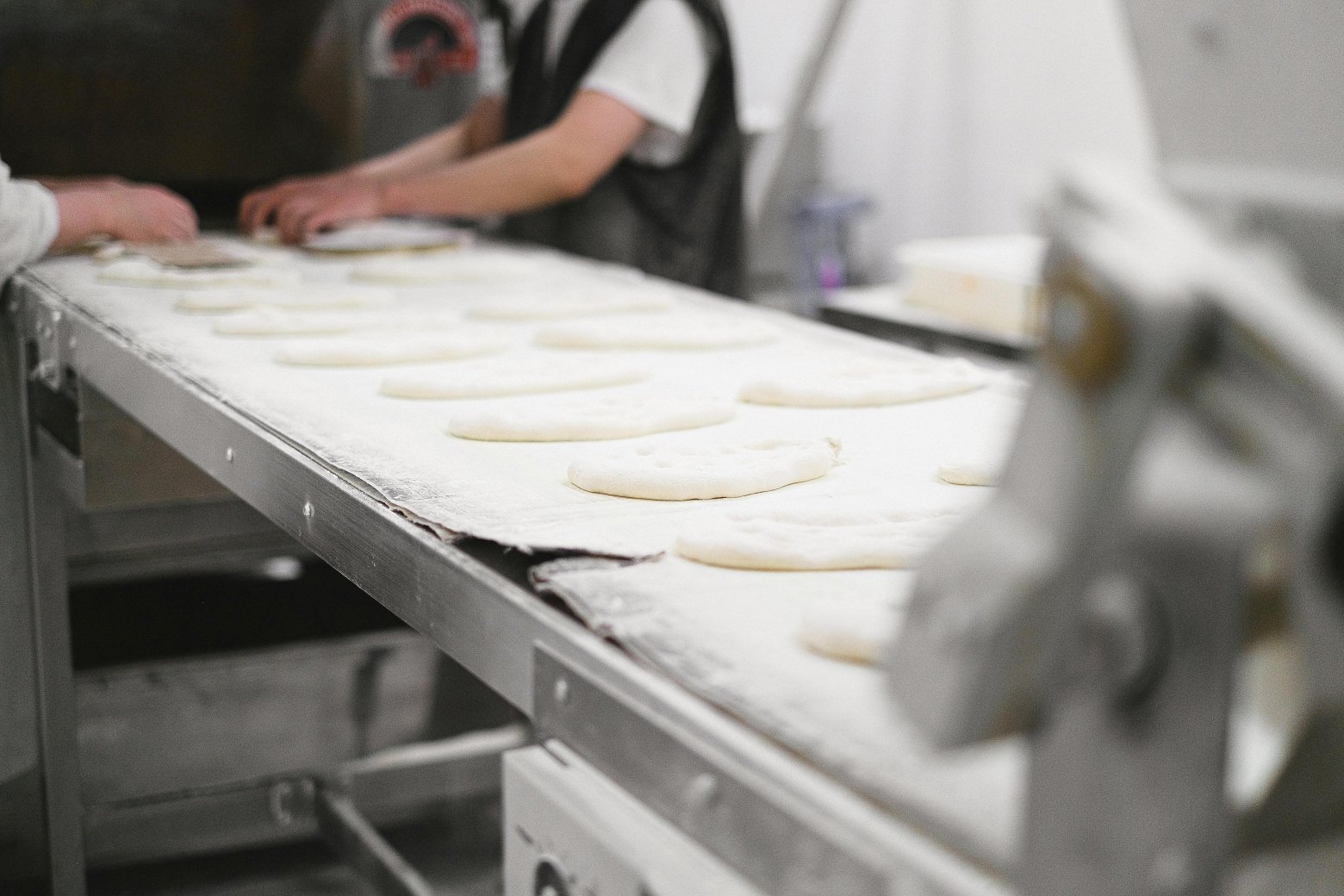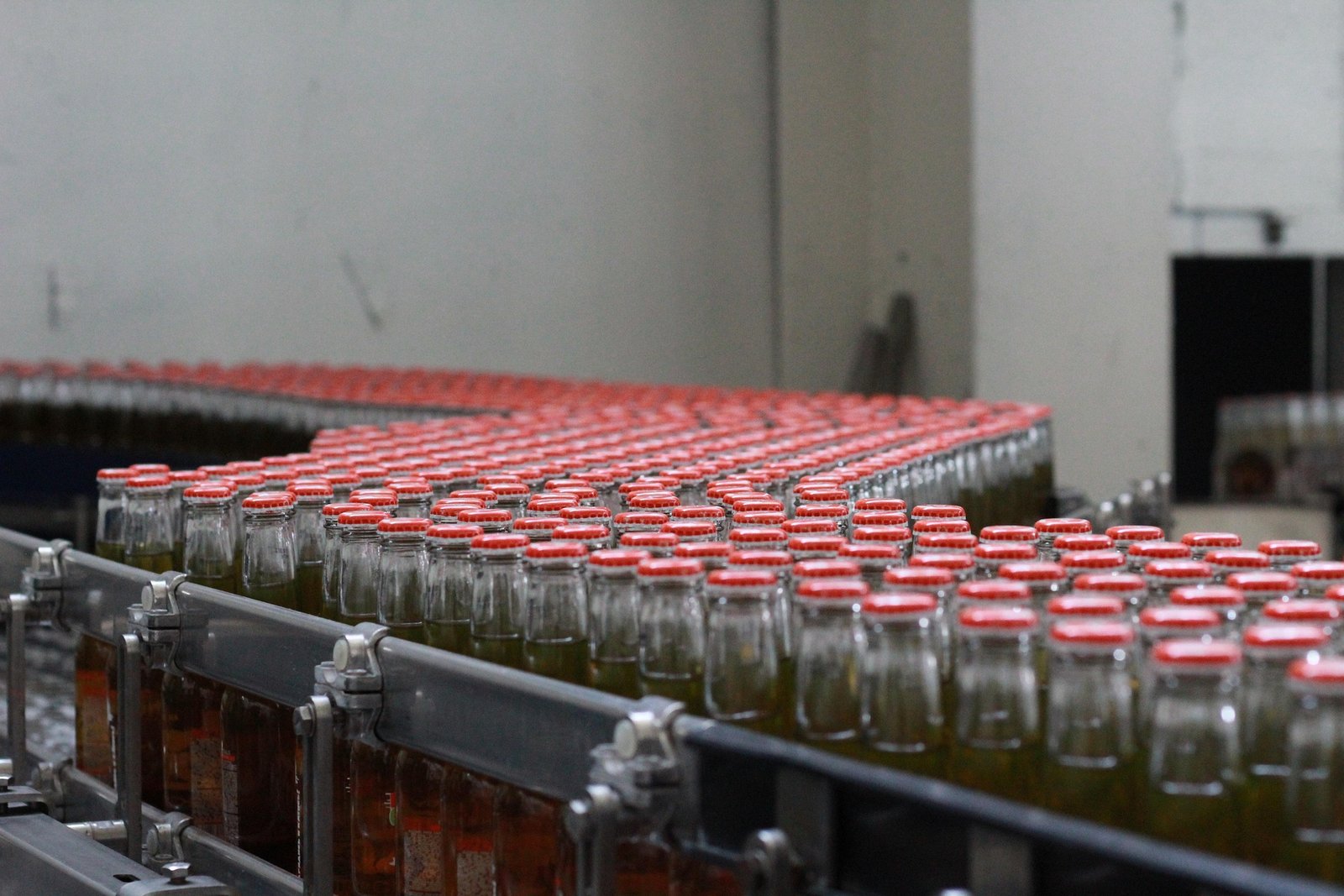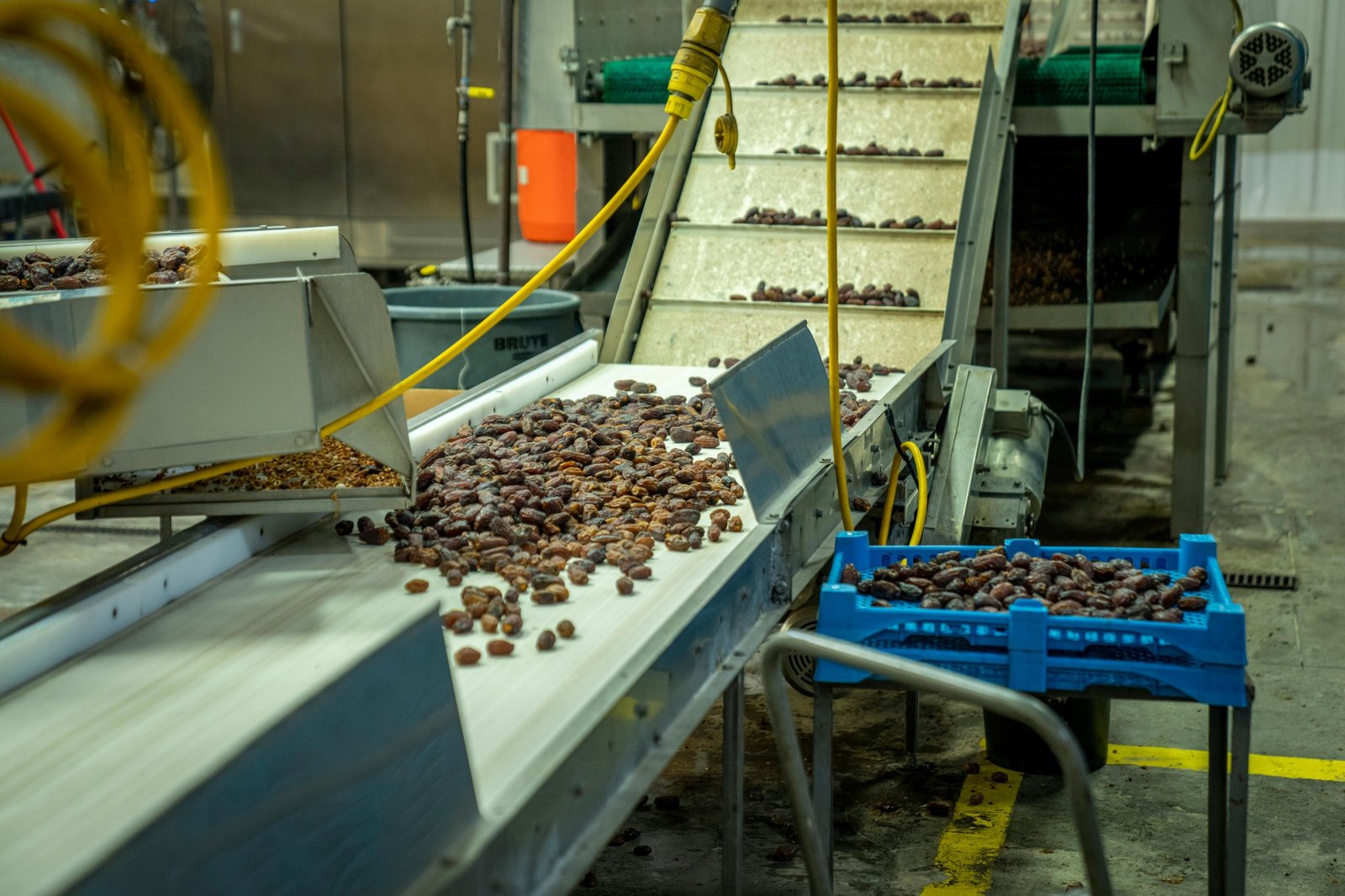Why Do Some Companies Struggle to Maintain ISO 22000 After Certification?
Achieving ISO 22000 certification is a major milestone for any food business. But many companies quickly discover that getting certified is only the beginning. The real challenge lies in maintaining compliance year after year.
Here are the most common reasons businesses struggle with ISO 22000 maintenance—and how to overcome them.

✅ Common Challenges in Maintaining ISO 22000
-
Lack of Management Commitment
-
Initial push for certification fades after the audit.
-
No clear budget or resources allocated for ongoing compliance.
-
-
Poor Documentation Control
-
Records updated only during audits.
-
SOPs not aligned with actual factory practices.
-
Staff confused by outdated or inconsistent procedures.
-
-
Staff Turnover
-
New employees not trained in ISO 22000 requirements.
-
Knowledge gaps when experienced staff leave.
-
Weak onboarding processes for replacements.
-
-
Failure to Update the FSMS (Food Safety Management System)
-
No regular reviews of hazards, CCPs, or PRPs.
-
Seasonal ingredients or process changes not reflected in HACCP.
-
Missed updates when regulations or customer requirements change.
-
-
Weak Internal Audits
-
Internal audits treated as a formality, not a real check.
-
Findings not followed up with corrective actions.
-
Lack of auditor training or independence.
-
-
Inadequate Training
-
Refresher training not conducted annually.
-
Operators unaware of their role in food safety compliance.
-
Training records incomplete or missing.
-
-
Over-Reliance on Consultants
-
Company depends only on external consultants for audits.
-
Staff do not take ownership of the ISO 22000 system.
-
📊 Effects of Poor ISO 22000 Maintenance
-
Non-conformities in surveillance audits.
-
Increased risk of food safety incidents (recalls, contamination, complaints).
-
Loss of customer trust and potential contracts.
-
Extra costs from corrective actions and re-certification delays.
-
Possible suspension or withdrawal of certification.
✅ Best Practices to Sustain ISO 22000 Compliance
-
Embed Food Safety Culture
-
Management leads by example.
-
Encourage staff to take ownership of food safety practices.
-
-
Update Documentation Regularly
-
Review SOPs and hazard analysis at least annually.
-
Use version control for easy tracking.
-
-
Train Continuously
-
Annual refresher sessions for all staff.
-
Role-specific training for CCP monitoring and verification.
-
-
Strengthen Internal Audits
-
Conduct quarterly or semi-annual audits.
-
Focus on real performance, not just paperwork.
-
-
Management Reviews
-
Hold structured reviews at least once a year.
-
Track KPIs: customer complaints, audit findings, corrective actions.
-
-
Gradual Ownership Transfer from Consultants
-
Use consultants as trainers, not system managers.
-
Empower internal teams to manage ISO 22000 daily.
-

Final Takeaway
👉 Getting ISO 22000 certification is just the start.
The real success comes from maintaining, improving, and embedding food safety management into daily operations.
Companies that fail often treat ISO 22000 as a certificate for marketing—instead of a living system for food safety. Those who succeed make it part of their culture, training, and continuous improvement.


